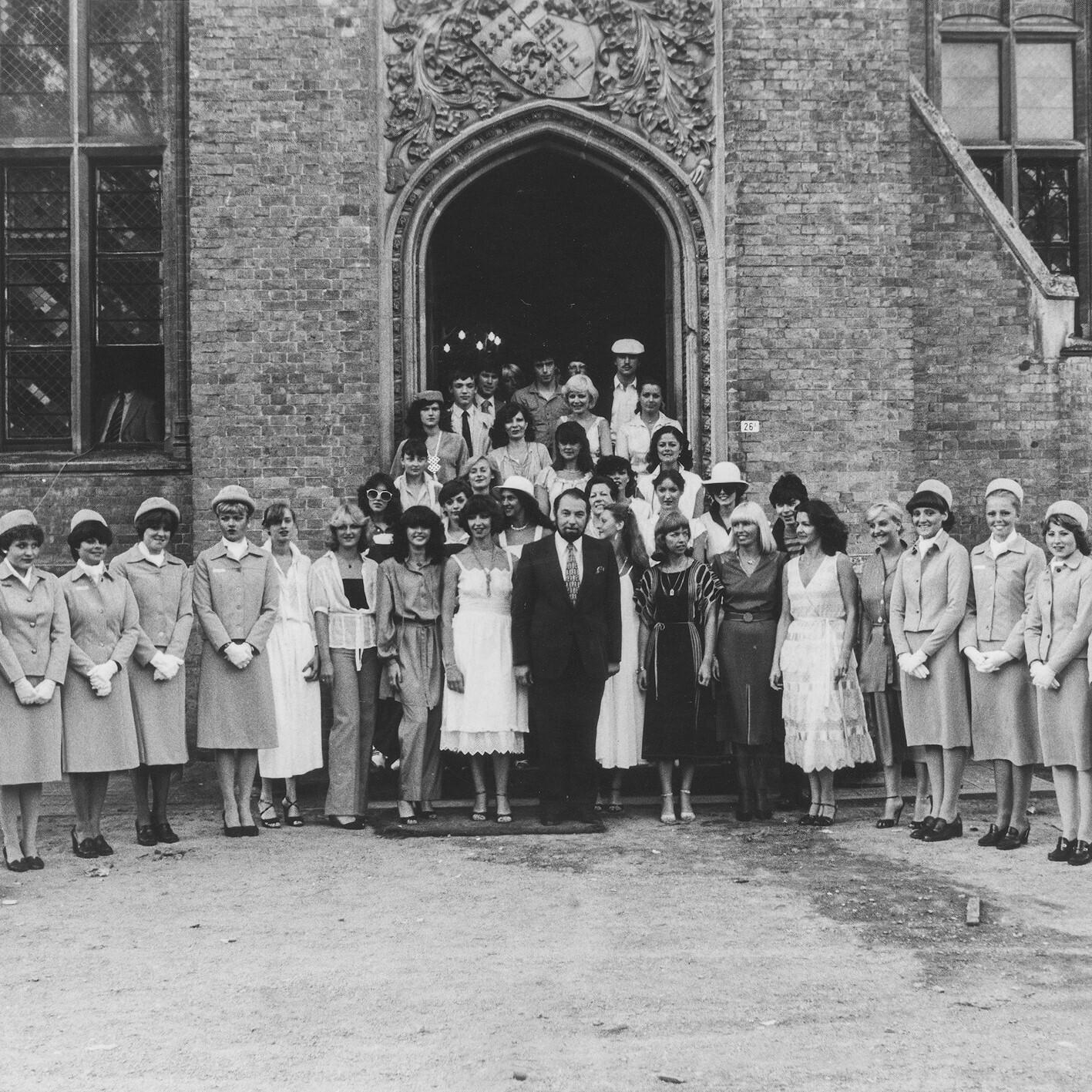
From an aristocratic summer residence to a public monument
1975-2025, a golden anniversary
On August 1, 2025, Loppem Castle will celebrate half a century since it first opened its doors to the public. This neo-Gothic monument evolved from a summer residence into a museum and has been bringing together art, history, and architecture for five decades now.
Loppem Castle was built between 1858 and 1863 by Charles van Caloen (1815-1896) and his wife Savina de Gourcy Serainchamps (1825-1912) in a style that best reflected their Catholic beliefs: Neo-Gothic. After five years of construction, the van Caloen family moved into their new castle on July 2, 1863. Every year, from early May to mid-November, they returned to enjoy the peace and quiet and coolness of the natural surroundings.
When Jean van Caloen, grandson of Charles and Savina, inherited the castle estate, World War II broke out. According to Jean, his parents had done little maintenance work, and as a result, the castle was very outdated and uncomfortable. In addition, the presence of German, British, and Canadian soldiers had left clear traces. Jean realized that combining a home in the city (Bruges, Dijver 12) with an outdated castle was no longer appropriate. He had a comfortable and fireproof house built in the shadow of the castle so that he could live among his art collection and family archives. He only went to the castle to have his meals in the dining room.
It was ultimately Jean's son Roland who, in consultation with the Jean van Caloen Foundation, which had been established in the meantime, decided to open the castle and park to the public. It was a major undertaking, with the restoration and refurbishment work taking months to complete. Finally, on August 1, 1975, the grand opening took place: the castle gates swung open to the public for the first time. Little by little, the first visitors arrived, and the castle began a new chapter as a museum.
